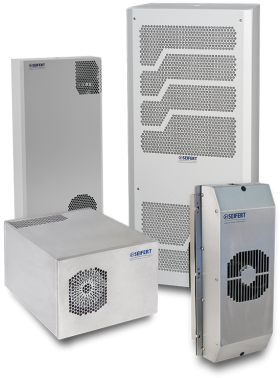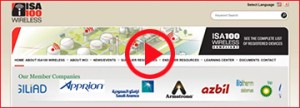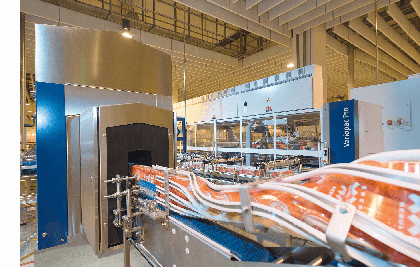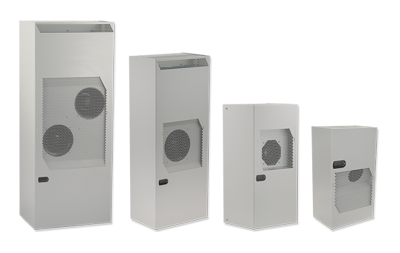Newsletter - Volume 1 Issue 3

 In this issue:
In this issue:
- Industrial Wireless Tips
- Correct Use of Enclosure Cooling Units
- Cooling a Bottling Machine Area
- ComPact Series of Air Conditioners
Featured video: ISA100 Industrial Wireless Basics
To view newsletter in your browser click here.

Industrial Wireless Tips
According to 360 Research Reports, the global Industrial Wireless Devices market was valued at $84.75 Million in 2020. This includes Wireless HART, ISA100.11a and WIA-PA. North America is approximately 38% of this amount.1
If you are already implementing industrial wireless systems especially in electrical enclosures, there may be a tip or two you can benefit from. If you're new to ISA100 wireless, the video is a good primer on this technology designed1 especially for industrial applications.1
Tips for setting up wireless networks include: start with a site survey for wireless use to ensure sufficient signal coverage and viability. Plan on equipment and software management for updates, product failures, environment and needs changes, etc. as well as fostering operational and information technology collaboration.2 Select devices that are inherently secure by their design, create a network topology map that divides your network into application-1 driven segments, use passwords, data encryption, firewall and VPN technologies for secure communications.3
See the source articles for details.1
Sources:
1. https://www.360researchreports.com/2021-2027-global-and-regional-industrial-wireless-devices-industry-status-and-prospects-professional-market-18850335
2. https://www.controleng.com/articles/four-best-practices-for-industrial-wireless-lans/
3. https://www.newequipment.com/learning-center/article/21180972/moxa-inc-five-tips-to-help-protect-industrial-networks

Correct Use of Enclosure Cooling Units
|
Cooling devices are best used when:
Product efficiency: Enclosure cooling units work according to the heat pump principle and consequently consume electrical energy, which is a financial expense. How efficiently a cooling device converts this energy into cooling performance is described by the cooling performance figure or Coefficient of Performance (COP). |
 |

Cooling a Bottling Machine Area
|

ComPact Series of Air Conditioners
|
If you have a question about enclosure cooling for your specific application, Seifert Systems' technical staff would be glad to speak with you. Email us at info.us@seifertsystems.com or call 401-294-6960 .
Please email suggestions for technical subjects you would like to suggest for this newsletter to this link: Newsletter Editor


